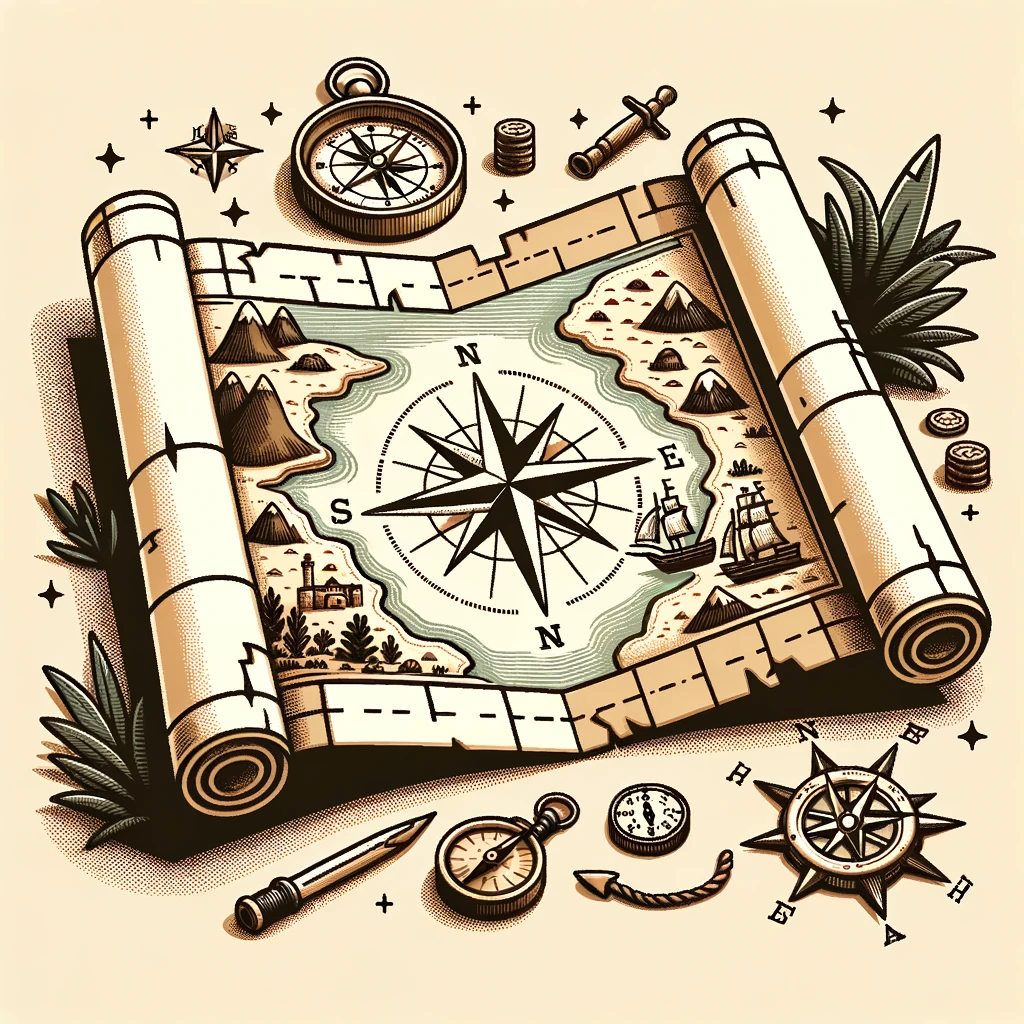The Transformative Influence of AI on Digital Arts
The intersection of **Artificial Intelligence (AI)** and digital arts marks a revolutionary era in creative expression. As the digital canvas broadens and evolves, AI emerges as a powerful tool that not only assists artists in their creative processes but also challenges the boundaries of what is considered art. In this ever-changing landscape, understanding the nuances of AI’s influence on digital arts becomes essential for artists, enthusiasts, and technologists alike.
The Evolution of Art in the Age of AI
Traditionally, art has been a deeply human endeavor, embedded with emotion, intent, and subjective interpretation. However, **AI technologies** are now redefining this narrative. From generating new artworks to enhancing existing pieces, AI is pushing the limits of creativity. Tools like deep learning algorithms and neural networks have become integral in crafting art that is both aesthetically pleasing and thought-provoking.
Key Developments in AI-assisted Art
AI-Generated Art: Machine learning algorithms and GANs (Generative Adversarial Networks) are now capable of creating art that rivals that of human artists.
Style Transfer Technologies: AI assists in transforming photographs into paintings resembling the styles of famous artists, making art creation accessible to enthusiasts.
Augmented Reality (AR) Art: AI powers AR experiences that redefine storytelling and interactive art.
Tools and Platforms Shaping the AI Art Landscape
The adoption of AI in digital arts is facilitated by a myriad of innovative tools. Notable platforms include DeepArt, Artbreeder, and RunwayML, among others. These **AI-powered platforms** democratize art creation by offering sophisticated tools that traditionally required extensive skill and time. Let’s delve into a **comparative analysis of their features**:
Tool/Platform
Key Features
Usability
DeepArt
Converts photos into stylistic paintings through neural networks
Highly user-friendly with minimal learning curve
Artbreeder
Combines images to create new variants; collaborative environment
Intuitive interface with community-driven support
RunwayML
Professional-grade tools for video and image processing
Steeper learning curve suitable for serious artists
The adaptability and accessibility provided by these tools contribute significantly to the **growing popularity of digital arts**, drawing in a diverse group of creators with varying levels of artistic expertise.
Ethical Implications and the Future of Creativity
As AI continues to enhance digital art, it also raises **ethical and philosophical questions**. The debate centers around the notion of authorship: Who truly owns an AI-generated piece? This existential dilemma not only impacts artists but also art collectors, curators, and legal bodies tasked with defining the boundaries of intellectual property in this new domain.
Moreover, the omnipresence of AI in art poses the risk of homogenizing creative output, potentially stifling the uniqueness that comes from individual artistic expression. However, when balanced thoughtfully, AI can serve as a **collaborative partner**, inspiring artists to explore uncharted territories of creativity…
The Rapid Evolution: AI and Digital Artistry
Continuing from our exploration of AI’s burgeoning impact on digital arts, we further delve into how artificial intelligence is redefining creativity on unprecedented levels. The art world, once guided exclusively by human hands, is now being reshaped by algorithms and data-driven processes. **Artificial Intelligence**, with its unparalleled ability to learn and adapt, is not only accelerating creative production but also challenging our perception of what art can truly be.
AI-powered Tools and Their Role
There are a plethora of AI tools available today that are enhancing the artist’s toolbox. These tools can perform tasks ranging from **basic color adjustments** to creating **entire artworks from scratch**. One such groundbreaking tool is DeepArt, which allows users to apply the style of a well-known painting to an image. Similarly, ArtBreeder enables users to generate intricate images by blending multiple images together through the power of generative adversarial networks (GANs).
DeepArt: Offers style transfer capabilities, drawing inspiration from famous artworks.
ArtBreeder: Uses GANs for image blending and generation.
RunwayML: Provides a seamless interface for artists to integrate AI into their creative workflow.
Impact on Artists and Their Work
The introduction of AI into the creative process offers artists new ways to explore the boundaries of their work. **AI can act as a collaborator**, suggesting innovative pathways and producing novel outcomes that human minds may not conjure unaided. This can be particularly liberating, as it emphasizes the process of creation over the product itself. However, it also raises questions about authorship and the originality of machine-produced art.
Ethical Considerations and Debates
As AI takes a more significant role in the arts, it brings with it **ethical considerations** about authorship, creativity, and originality. Critics argue that AI art challenges the very definition of art and the meaning behind it. How much of an AI-generated piece can be attributed to the artist, and how much to the software? Furthermore, there’s concern about the potential for AI to **replicate and commodify artistic styles**, potentially undermining the value of human creation.
Aspect
Implication
Authorship
Who should be credited for AI-driven artworks?
Originality
Can AI-generated work be considered original?
Commodification
Impact of AI’s ability to replicate artistic styles.
The Future Landscape of AI in Art
Looking forward, the integration of AI in digital arts presents a wide array of opportunities and challenges. As AI technology continues to evolve, so too will our understanding and acceptance of machine-assisted creativity. Future AI systems may not only mimic human creativity but also develop their unique styles, offering fresh perspectives and expanding the definition of art.
Artists will continuously balance between embracing and resisting AI innovations, leading to a dynamic landscape where technology and creativity coexist harmoniously. As with any technological advancement, the key lies in using AI as a tool that augments human creativity rather than replacing it entirely.
As we navigate deeper into the 21st century, the influence of Artificial Intelligence on digital arts continues to expand, creating a dynamic crossroads where technology and creativity meet. This intersection not only opens new realms for artistic expression but also challenges existing paradigms of what constitutes art and creativity.
Emerging Technologies in AI Art
The landscape of AI in digital arts is continuously evolving, introducing cutting-edge technologies that redefine artistic processes. These innovations foster a more collaborative and intuitive environment for artists, allowing them to experiment and create without the constraints of traditional tools.
Generative Adversarial Networks (GANs): These AI models enable the creation of artworks by learning various artistic styles and techniques. GANs challenge conventional methods by offering artists assistance in generating realistic imagery or fantastical, unimagined landscapes.
Neural Style Transfer: This technique transforms images by applying the aesthetic style of one picture to another. Artists can use this tool to effortlessly merge multiple styles, creating unique visual combinations that are physically unpaintable.
Augmented Reality (AR) Tools: AI-driven AR applications help artists visualize and manipulate their work in a three-dimensional space, enhancing the immersive experience of digital art.
AI and Access to Art
AI technology democratizes access to art by lowering barriers to entry. Those without traditional artistic training can now engage with digital art creation through user-friendly, AI-powered applications. This inclusivity not only broadens the audience but cultivates a diverse community of creators.
Collaborative Platforms: AI art platforms enable artists to collaborate, seamlessly integrating contributions from multiple users. These platforms create an ecosystem where artistic ideas can flourish and evolve in innovative ways.
Challenges and Ethical Considerations
Despite the myriad benefits AI brings to digital arts, it also poses significant challenges. While AI facilitates complex creative processes, it raises questions about the originality and ownership of AI-generated content.
Originality and Creativity: With AI generating artwork, the definition of creativity is continually tested. Artists and technologists must work together to redefine the boundaries of human creativity and machine-generated art.
Copyright and Ownership: Legal frameworks struggle to keep pace with advancements in AI, leading to disputes over the ownership of AI-assisted artwork. Developing comprehensive guidelines and policies becomes crucial for the sustainable integration of AI in digital arts.
Bias in AI Algorithms: AI systems reflect the data they are trained on, which can introduce biases that affect the representation and diversity of the generated artworks. Addressing these biases is essential for fair and inclusive art practices.
Conclusion
The influence of AI on digital arts is profound, opening new vistas of creativity while simultaneously challenging traditional notions of artistry and originality. As AI continues to evolve, so too will its role in shaping the future of digital art. Embracing these changes requires a balanced approach that promotes innovation, addresses ethical concerns, and fosters an inclusive artistic community.
Action Items or Summary
Explore emerging AI technologies like GANs and Neural Style Transfer to enhance your creative process.
Engage with AI-powered collaborative platforms to broaden your artistic network and experience new perspectives.
Stay informed about the ethical implications of AI in art, ensuring fair practices and diverse representation.
Advocate for comprehensive policies that address copyright and ownership issues in AI-generated art.
Continuously educate yourself on the advancements in AI technology to leverage its full potential in digital arts.




